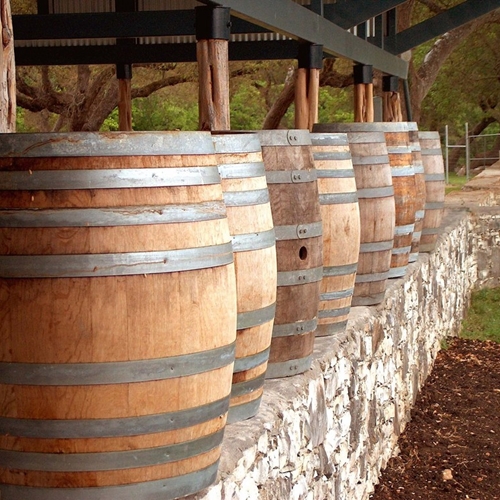
History of the craft
Wine production in the region dates back to the Spanish missionaries that settled the area around present-day El Paso in the 17th century. At that point, native grape varieties were cultivated with great success while imported European varieties were much more difficult to grow. In the 1880s, an insect known as phylloxera wiped out a substantial percentage of the vines in France and Italy, then the largest winemaking regions in the world. In response to the global vine shortage, Texas native T.V. Munson began exporting naturally phylloxera-resistant Texan vines to Europe. To this day, it is a Texan who is credited with saving the European wine industry.
The wine road
The majority of Texas’ Hill Country wineries are centered along the stretch of Route 290 between Johnson City and Fredericksburg. The so-called “wine road” is dotted with some 15 vineyards, each of which produces their own unique wine based on proprietary growing practices and grape varietals. The high density of wine producers along this road has lead to the development of a substantial tourism industry in the area. Tour buses and groups operate all through the area, giving individuals the opportunity to go to tastings and buy wine at a number of different producers. Alternatively, you can gather a group of friends and drive down the wine road yourself on a self-guided tour. Just remember to always nominate a designated driver and never drink and drive. Most vineyards will have refreshments for designated drivers as an added incentive.
The Texas Hill Country is beautiful enough as it is. An area known for its vibrant wildflower blooms and stunning vistas, the addition of a world-class wine industry is just icing on the cake. Be sure not to miss out on the opportunity to explore all that the region has to offer by planning your own tour of Texas wine country.

